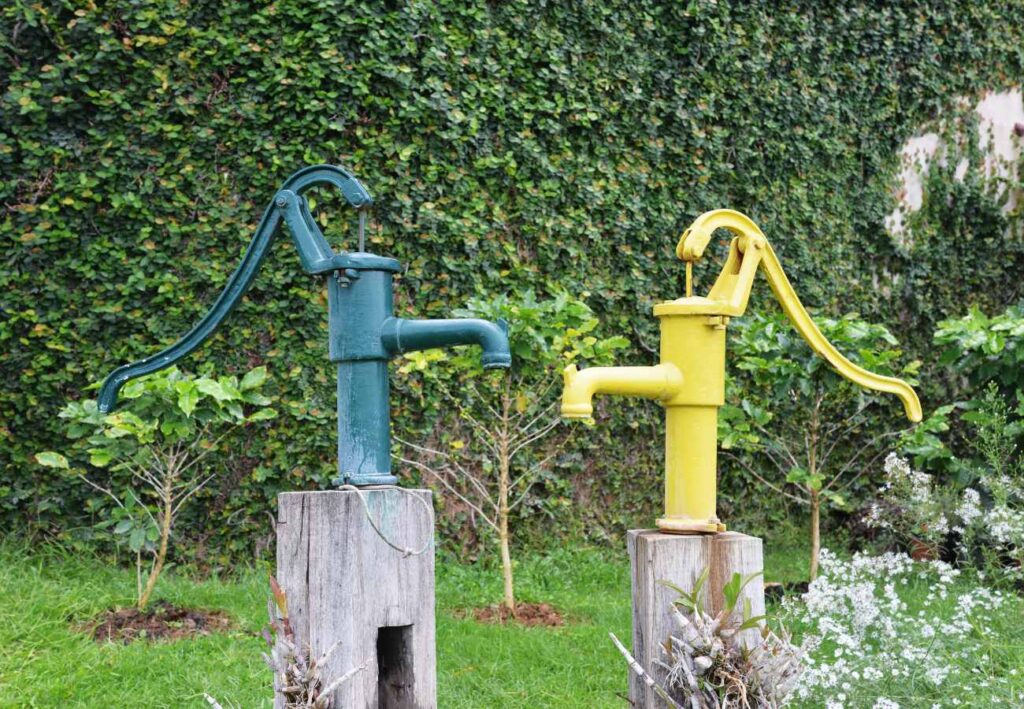The ABCs of Hand Pump Installation: What You Need to Know
Installing a hand pump can be a game-changer for anyone looking to access groundwater reliably and sustainably. Whether it’s for irrigation, emergency water supply, or daily use in rural areas, hand pumps provide a practical solution. For residents of Chehalis and surrounding areas, understanding the essentials of hand pump installation is crucial for optimizing water solutions. This comprehensive guide covers everything you need to know about hand pump installation, from selecting the right one to maintenance tips. If you need professional assistance, Skyline Pump & Machine Co. is your go-to provider for tailored water solutions in Chehalis.
Why Choose a Hand Pump?
1. Reliability
Hand pumps offer a dependable source of water, especially in areas where electricity and other power sources may be unreliable.
2. Sustainability
Hand pumps are an environmentally friendly option as they do not rely on electricity or fuel, reducing the carbon footprint.
3. Cost-Effectiveness
With minimal operating costs, hand pumps are a cost-effective solution for long-term water needs.
4. Accessibility
Hand pumps can be installed in various locations, making water accessible in remote or underserved areas.
Types of Hand Pumps
1. Suction Pumps
Suction pumps are ideal for shallow wells up to 25 feet deep. They operate by creating a vacuum that draws water up to the surface.
2. Lift Pumps
Lift pumps are designed for deeper wells, typically up to 50 feet. They use a lever to lift water from the well to the surface.
3. Deep Well Pumps
Deep well pumps can access water from depths of up to 300 feet or more. They use a piston mechanism to push water to the surface.

Selecting the Right Hand Pump
Choosing the right one depends on several factors, including the well depth, water table level, and intended use. Here are some key considerations:
1. Well Depth
Determine the depth of your well to select the one that can efficiently draw water from that depth.
2. Water Table Level
The water table level can fluctuate seasonally, so choose a pump that can accommodate these changes.
3. Usage Requirements
Consider the volume of water you need daily. For high-demand uses like irrigation, a more robust one may be necessary.
4. Material Durability
Choose a pump made of durable materials like stainless steel or cast iron to ensure longevity and resistance to corrosion.
Steps for Hand Pump Installation
1. Site Assessment
Before installation, assess the site to ensure it is suitable for a hand pump. Check for potential obstacles and ensure the ground is stable.
2. Drilling the Well
If you don’t already have a well, you’ll need to drill one. The depth and diameter will depend on your water needs and geological conditions.
3. Assembling the Pump
Follow the manufacturer’s instructions to assemble the pump components. This typically includes the handle, pump cylinder, and pipes.
4. Installing the Pump Cylinder
Lower the pump cylinder into the well, ensuring it reaches the water level. Secure it in place to prevent movement.
5. Connecting the Pipes
Connect the pipes to the pump cylinder and extend them to the surface. Ensure all connections are tight to prevent leaks.
6. Mounting the Pump
Mount the pump securely to a stable base. This could be a concrete pad or a sturdy wooden platform.
7. Testing the Pump
Once installed, test the pump to ensure it is drawing water efficiently. Make any necessary adjustments to improve performance.

Maintenance Tips for Hand Pumps
1. Regular Inspections
Inspect the pump regularly for signs of wear and tear. Check for leaks, rust, and other damage that could affect performance.
2. Lubrication
Keep moving parts well-lubricated to ensure smooth operation. Use food-grade lubricants to avoid contaminating the water.
3. Sealing Leaks
If you notice any leaks, seal them promptly to prevent water loss and contamination.
4. Winterization
In colder climates, take steps to winterize it to prevent freezing. Drain the pump and insulate exposed parts.
5. Replacing Worn Parts
Over time, certain parts may wear out and need replacement. Keep spare parts on hand for quick repairs.
Troubleshooting Common Issues
1. Low Water Output
If the pump is not delivering enough water, check for blockages in the pipes and ensure the water table has not dropped.
2. Hard Pumping
If the pump handle is difficult to operate, check for obstructions and lubricate the moving parts.
3. Air in the System
Air can enter the system if there are leaks. Check all connections and seals for integrity.
4. Rust and Corrosion
Rust can impede pump function. Regularly inspect and clean the pump to prevent corrosion.
5. Noise
Unusual noises can indicate mechanical issues. Inspect it and replace any damaged components.
Benefits of Professional Installation
While DIY installation is possible, professional installation offers several advantages:
1. Expertise
Professional installers have the experience and knowledge to ensure proper installation and optimal performance.
2. Quality Assurance
Professionals use high-quality materials and follow best practices, ensuring a durable and reliable system.
3. Time-Saving
Professional installation is faster and more efficient, allowing you to start using your pump sooner.
4. Troubleshooting
Professionals can quickly identify and resolve issues, ensuring your pump operates smoothly.

Why Choose Skyline Pump & Machine Co. for Hand Pump Installation?
For residents of Chehalis, Skyline Pump & Machine Co. offers expert hand pump installation services. Here’s why they are the best choice for your water solutions:
1. Experience and Expertise
With years of experience, Skyline Pump & Machine Co. has the knowledge and expertise to handle all aspects of hand pump installation.
2. Tailored Water Solutions
They provide customized solutions to meet your specific water needs, ensuring optimal performance and efficiency.
3. Comprehensive Services
From site assessment to installation and maintenance, Skyline Pump & Machine Co. offers a full range of services to keep your water system running smoothly.
4. Quality Materials
They use only the highest quality materials to ensure durability and longevity of your system.
5. Customer Satisfaction
Customer satisfaction is their top priority. They offer reliable, professional service with a focus on meeting and exceeding customer expectations.
6. Local Expertise
As a local company, Skyline Pump & Machine Co. understands the unique water challenges in Chehalis and provides solutions tailored to the community’s needs.
Conclusion
Installing a hand pump is an excellent solution for reliable and sustainable water access. By understanding the available types, the installation process, and maintenance requirements, you can ensure your system operates efficiently and lasts for years. For residents in Chehalis, Skyline Pump & Machine Co. offers expert hand pump installation and tailored water solutions to meet your needs. Contact them today to learn more about their services and how they can help you achieve reliable water access.
Share this post:
You May Also Like

